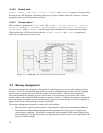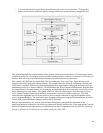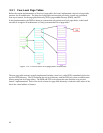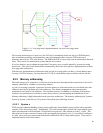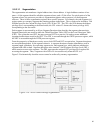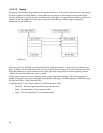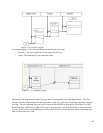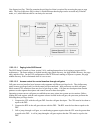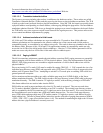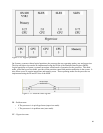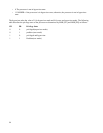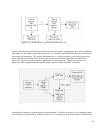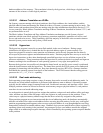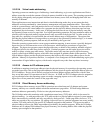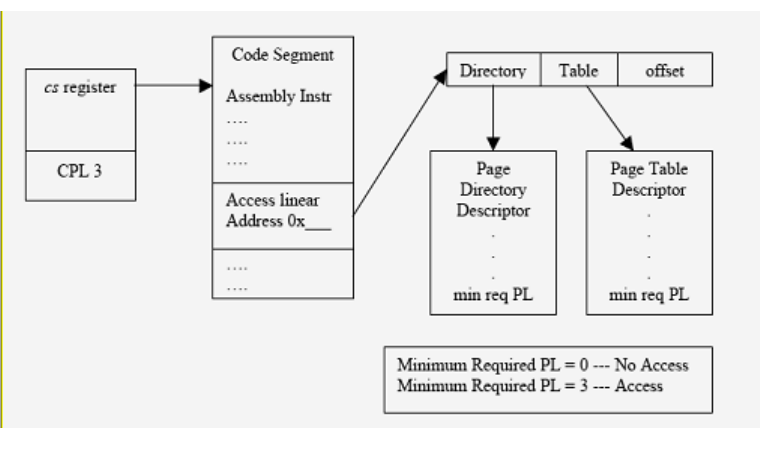
User-Supervisor flag: This flag contains the privilege level that is required for accessing the page or page
table. The User-Supervisor flag is either 0, which indicates that the page can be accessed only in kernel
mode, or 1, which indicates that it can always be accessed.
5.5.2.1.2.1 Paging in the SLES kernel
The SLES kernel is based on Linux version 2.6.16, and implements three-level paging to support 64-bit
architectures. The linear address is divided into the page global directory, the page middle directory, the page
table, and the offset. On the TOE configuration of the SLES kernel running on System x systems, the page
middle directory field is eliminated when it is set to zero.
5.5.2.1.2.2 Access control for control transfers through call gates
Call gates act as an interface layer between code segments at different privilege levels. They define entry
points in more privileged code, to which control can be transferred. Intel processors use these call gates,
which control CPU transitions from one level of privilege to other. Call gates are descriptors that contain
pointers to code-segment descriptors and control access to those descriptors.
Operating systems can use call gates to establish secure entry points into system service routines. Before
loading the code register with the code segment selector located in the call gate, the processor performs the
following three privilege checks:
1. Compare the CPL with the call-gate DPL from the call-gate descriptor. The CPL must be less than or
equal to the DPL.
2. Compare the RPL in the call-gate selector with the DPL. The RPL must be less than or equal to the
DPL.
3. Call or jump, through a call gate, to a conforming segment requires that the CPL must be greater than
or equal to the DPL. A call or jump through a call gate requires that the CPL must be equal to the
DPL.
90
Figure 5-32: Access control through paging



